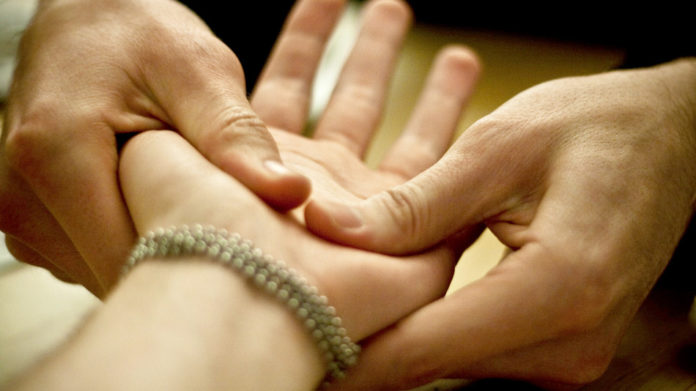Transplanted hands can regain feeling years later, study finds

Amputees who had their own hand or a transplanted hand reattached were able to regain some feeling in the limb years after surgery, a new study finds.
The restored sense of touch appears to stem from the brain’s ability to reorganize itself after an amputation. Remarkably, this adaptation occurs even when a hand is transplanted decades after the injury, according to research presented Nov. 16 at the 44th annual meeting of the Society for Neuroscience.
After a hand amputation, brain areas that once received sensory input from the missing limb become rewired.
“After an injury to the spinal cord or to the limbs, what we see are that the changes not only occur within the peripheral nervous system [the nerves of the body outside of the brain and spinal cord], but they extend to the central nervous system,” study leader Scott Frey, a neuroscientist at the University of Missouri in Columbia, said in a news conference.
Frey and his colleagues wanted to know, “Are these kinds of changes reversible, even in a mature healthy brain?”
Some of Frey’s previous research suggested that a hand transplant may be able to reverse some of the brain’s reorganization, but not much was known about how well this would restore hand function.
Only about 100 hand transplants have been performed worldwide, but the success rate is more than 95%, thanks to advances in preventing immune system rejection of the donor limb, Frey said.
For their new study, Frey and his colleagues at the Christine M. Kleinert Institute for Hand and Microsurgery in Louisville, Kentucky, recruited eight amputees who lost their limbs in accidents, and compared their sense of touch to that of 14 healthy adults. Four of the patients had their own hands reattached immediately after amputation, and four had received a transplanted donor hand between two and 13 years after the limb injury.
The researchers lightly touched the volunteers’ palms and fingers, and the participants had to identify where they were being touched without using their vision.
Four of the amputees — including two who had donor hand transplants — identified the location where they were touched almost as accurately as the healthy participants, the researchers found. And the longer the time elapsed since an amputee’s surgery, the more accurately they were able to pinpoint the touch.
Hand transplantation is still in its early phases, and is limited by the availability of limb donors. For many amputees, prosthetic hands may be a more promising option. A number of researchers have already developed prosthetic arms that can restore a limited sense of touch. Frey and his colleagues haven’t compared the sensory abilities of transplanted hands to those of prosthetic limbs, however.
- How Your Boss’s Ethics Can Hurt Your Career (Op-Ed)
- In Defense of the Stink Bug (Op-Ed)
- New World Record for ‘Soapbox’ Racer
- Brazilian Wandering Spiders: Bites & Other Facts
This article originally published at LiveScience here

